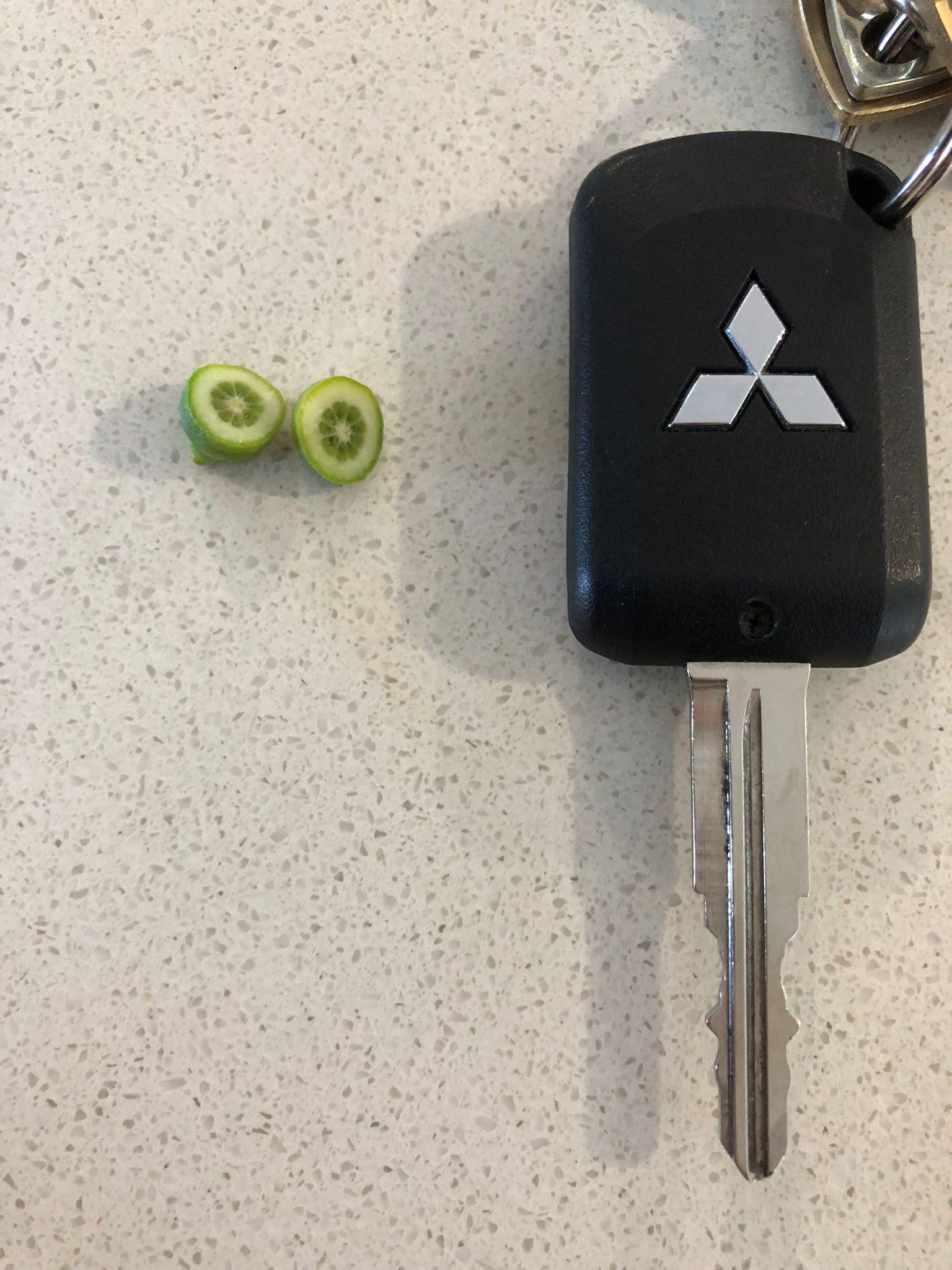my first lime harvest: old ways vs. new gardens
I still remember my grandmother’s backyard in the Midwest, where every summer meant baskets of tomatoes and cucumbers, but never limes. Back then, limes felt exotic—something you’d only find at the grocery store, not in our chilly garden beds. Now, decades later, I’m standing in my own North American backyard, holding my very first homegrown lime. It’s small, a little rough around the edges, but it’s mine. Some of my neighbors, especially the older folks, shake their heads at my raised beds and drip irrigation. They say, “Why not stick to what grows here? Tomatoes, beans, maybe some corn.” But I wanted to try something different, even if it meant fighting against the unpredictable spring frosts and the skeptical glances from across the fence. There’s a quiet thrill in nurturing something that isn’t supposed to thrive here. My lime tree is wrapped in burlap through the winter, and I fuss over it more than any plant I’ve ever grown. Some say it’s a waste of water, especially with our community’s new conservation rules. Others admire the bold green fruit, curious if they could do it too. This little lime isn’t just a fruit—it’s a conversation starter, a challenge to tradition, and a reminder that our gardens can be as diverse as our memories. Maybe it’s time we rethink what belongs in our backyards. After all, isn’t gardening about hope, risk, and a little bit of rebellion? #limeharvest #gardeningmemories #oldvsnew #Gardening
2025-05-31
write a comment...
